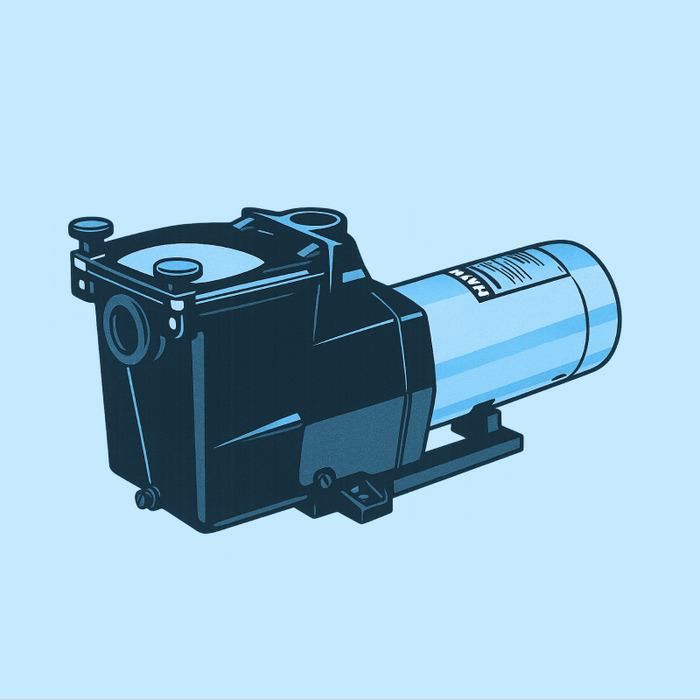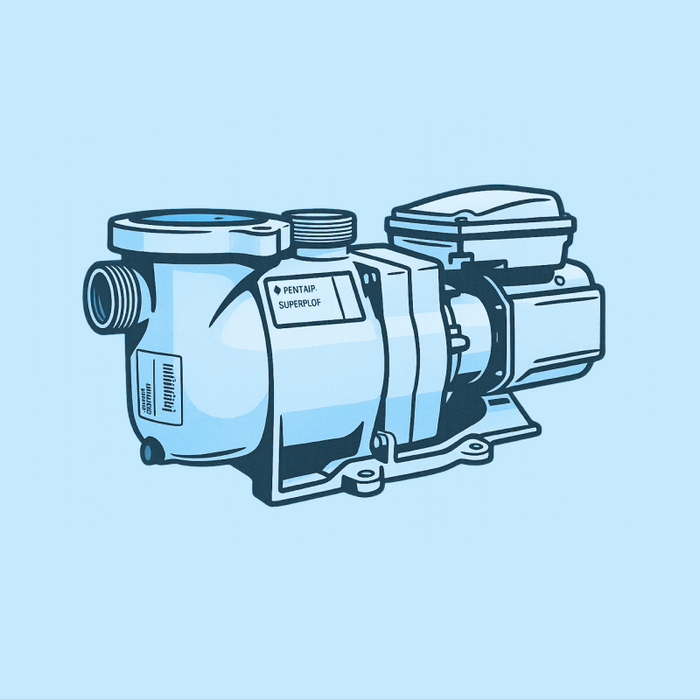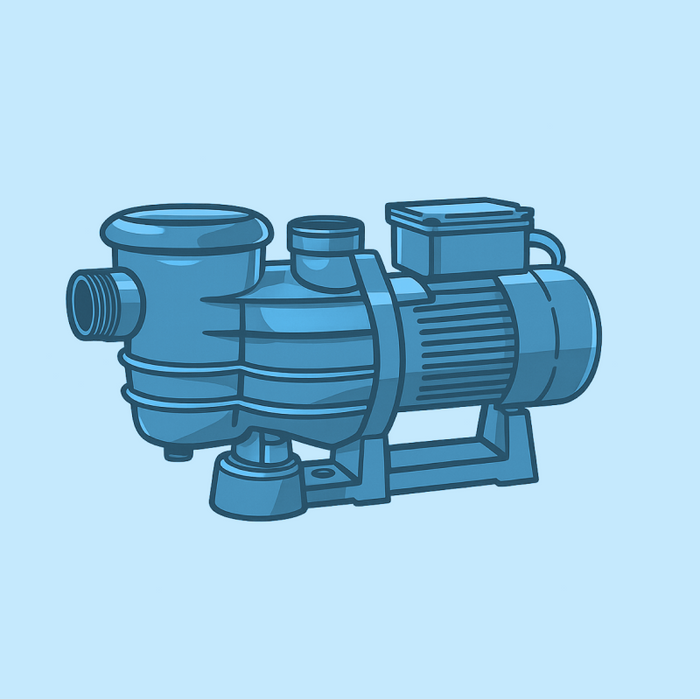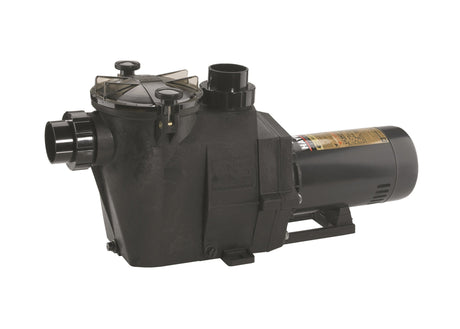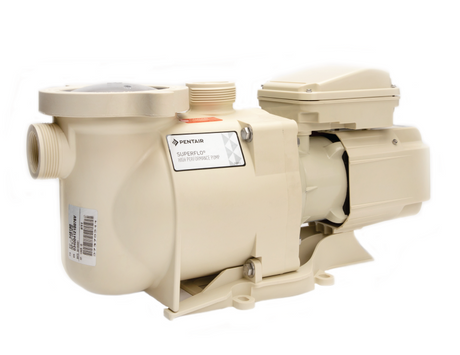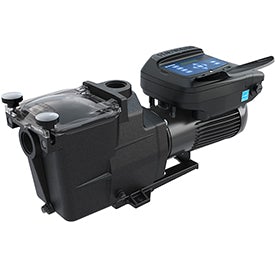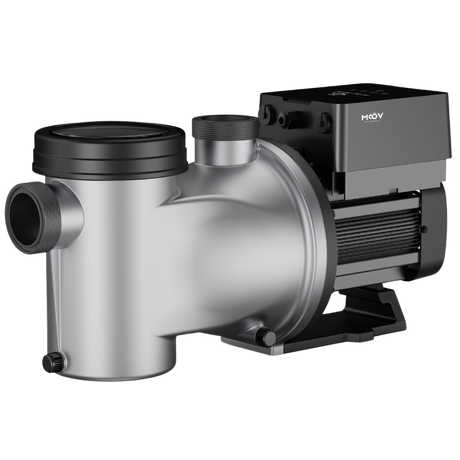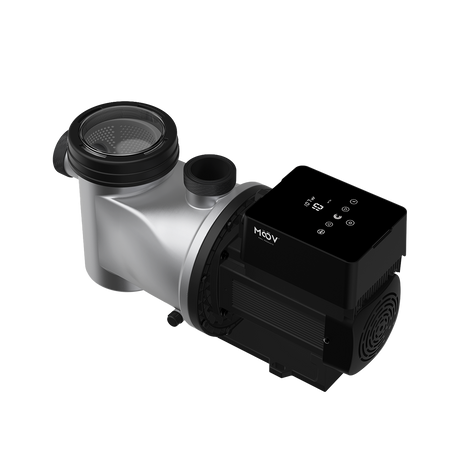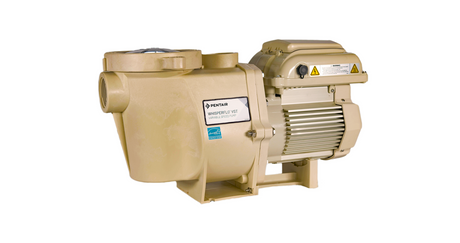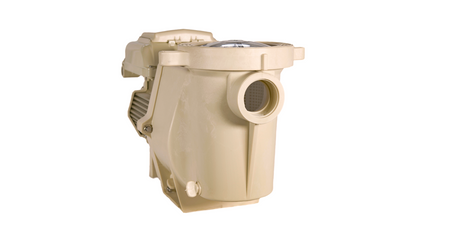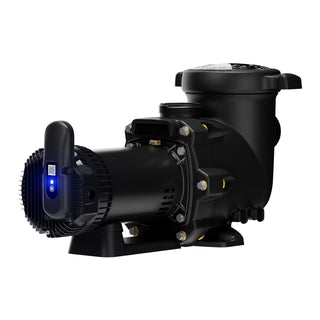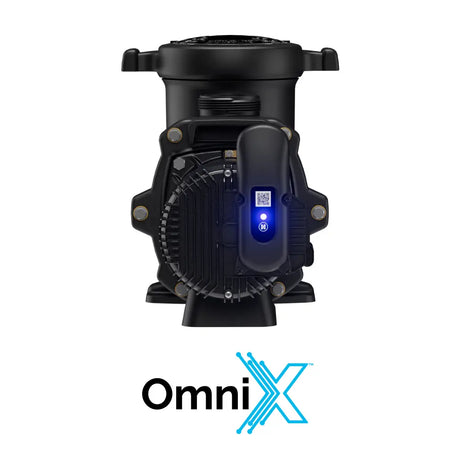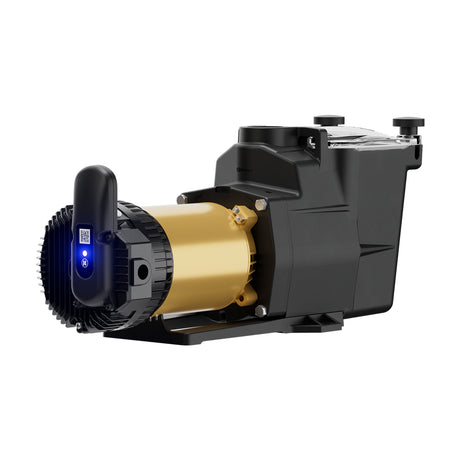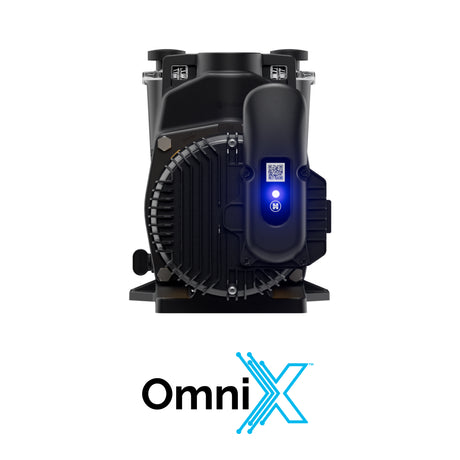Compare Pool Pump Types
-
![]()
Single-Speed Pumps
Runs at one constant speed; affordable but less energy-efficient.
Cost: $
Best For: Small pools, budget buyers.
Efficiency: Low
Life Span: 12–24 months
-
![]()
2 Speed Pumps
Offers high and low speeds for flexibility and moderate energy savings.
Cost: $$
Best For: Medium-sized pools
Efficiency: Medium
Life Span: 6-8 Years
Consideration: Brands are discontinuing 2-Speed manufacturing due to VSP Pump popularity.
-
![]()
Variable-Speed Pumps (VSPs)
Allows precise speed control for maximum efficiency and quiet operation.
Cost: $$$
Best For: Large pools, energy-conscious owners
Efficiency: High
Life Span: 8–12 years
-
![]()
Above-Ground Pumps
Allows precise speed control for maximum efficiency and quiet operation.
Cost: $
Best For: Above-ground pools
Efficiency: Medium
Life Span: 5–7 years
Brand Highlights
K&J Leisure Product Spotlight
View allFrequently Asked Questions: All About Hot Tub Filters
What size pool pump do I need?
What size pool pump do I need?
The right size depends on your pool’s volume and turnover rate. Generally, you want to circulate all the water in 6–8 hours.
Are variable-speed pumps worth it?
Are variable-speed pumps worth it?
Yes, they may cost more upfront but can cut energy bills by up to 80% compared to single-speed pumps.
How long should a pool pump run each day?
How long should a pool pump run each day?
Most pools require 8–12 hours of circulation daily, depending on size, climate, and usage.
Can I install a pool pump myself?
Can I install a pool pump myself?
Above-ground pumps can often be DIY installed, but in-ground systems usually require a licensed professional.
How do I know when to replace my pool pump?
How do I know when to replace my pool pump?
Signs include loud noises, frequent breakdowns, leaking seals, or rising energy bills.
Still have questions? Our experts at K&J Leisure Pool Supply can help you with any questions. We offer friendly, free advice and great customer support.
Buying Tips: How to Choose the Right Hot Tub Filter
1. Match Pump Size to Pool Volume
1. Match Pump Size to Pool Volume
What horsepower pump do I need for my pool?
Oversized pumps waste energy, while undersized pumps won’t circulate water properly. Calculate your pool’s volume and match it with the correct pump flow rate.
2. Consider Energy Efficiency
2. Consider Energy Efficiency
Will a variable-speed pump save me money?
Yes—VSPs are more expensive upfront but drastically reduce electricity costs over time.
3. Check Compatibility with Existing Equipment
3. Check Compatibility with Existing Equipment
Will this pump work with my filter and heater?
Ensure the pump’s flow rate and connections match your current pool system for seamless operation.
4. Evaluate Noise Levels
4. Evaluate Noise Levels
How loud will the pump be?
Variable-speed and high-quality pumps often run quieter, which is ideal for backyard pools near living spaces.
5. Plan for Long-Term Durability
5. Plan for Long-Term Durability
How long should my new pump last?
Look for pumps with strong warranties, corrosion-resistant parts, and proven brand reliability.


